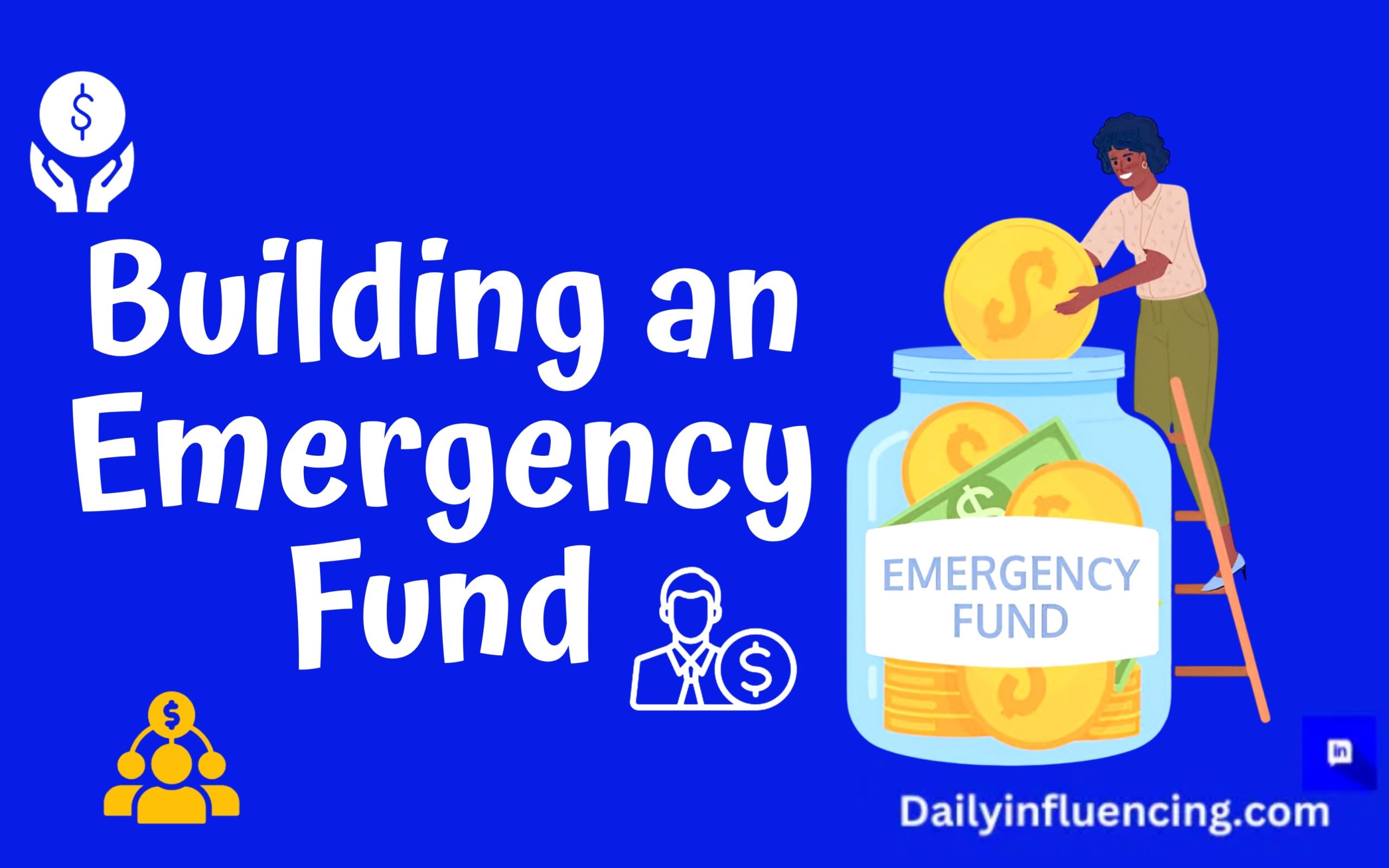
As a small business owner in Nigeria, one of the important steps you can take to protect your business from financial surprises is to have an emergency fund. In business, an emergency can be anything that disrupts your day-to-day operations, like a sudden market downturn, equipment breakdown or currency fluctuations. These unexpected events can affect your business operations and slow down growth.
That’s where an emergency fund comes in. it’s your financial safety net that helps you push through unexpected business times without affecting operations.
Therefore, this blog post is a guide for small business owners.
At the end of this post, you’ll understand why you need an emergency fund and how to build one. Let’s dive right in.
What Is An Emergency Fund?
An emergency fund is money set aside in a savings account for unplanned expenses. People build emergency funds for both their personal and business use. For personal use, this could include medical bills, car repair or any other unexpected life events. For business use, this could include equipment breakdown, business setback and also medical bills.
An emergency fund makes it easy to handle financial shocks without the need to borrow or make drastic financial decisions.
Why You Need An Emergency Fund For Your Small Business
Business owners are known for their ability to plan. However, life doesn’t always go as planned. Unpredictable things can happen and disrupt your whole business plan.
Remember that time your phone broke or your home generator stopped working, and you had no cash set aside to repair it?
The frustration you felt then is the same kind of stress that can hit your business. One day, a piece of important equipment might work just fine; the next day, it could stop functioning without warning.
Or your sales start fluctuating so much that it disrupts your business’s cash flow. An emergency fund is more than just a cash reserve; it’s a safety net against impromptu loans or piling on debt.
When you build an emergency fund, you can weather the storms without affecting business operations.
How To Build An Emergency Fund
We’ve looked at the importance of having an emergency fund set aside, the peace of mind that comes with it and how it helps to avoid poor financial decisions and unplanned debt. Let’s look at how you can build up this cash reserve for your business.
Determine how much to set aside
The first step to building an emergency fund is determining how much you need to set aside monthly for your business. This can be done by understanding your business’s monthly expenses.
Review your financial reports over the past few months or years. This will give you a clearer picture of your regular expenses, including rent, utilities, salaries, inventory, marketing, and any other recurring costs.
The amount you decide to save will depend on how much your business spends each month. Once you have a good understanding of your expenses, you can decide on a realistic monthly savings goal.
It’s important to take into account all factors before making your decision. The more accurate your assessment, the more effectively you can build a solid emergency fund that will give your business the financial stability it needs in times of uncertainty.
Set a savings goal
Once you’ve figured out how much you can set aside each month, open a separate savings account to kickstart your savings journey. Having a dedicated account is important so you don’t accidentally dip into those funds for your everyday expenses.
Choose an account that is easy to access in case of an emergency but not so accessible that you can withdraw impulsively. Look for banks with a high interest rate to earn some interest on your money.
Choose a savings frequency
Pick a savings frequency that works for you and stick with it. If you’re going to start your savings after reading this content, then you can start by setting aside a small amount and build up from there gradually. Consistency is the key to building your emergency fund.
As you get more comfortable with it, you can increase your savings amount. The goal is to build a savings habit without putting a strain on your finances. Additionally, you can save extra amounts during very favorable business seasons.
Automate your savings
The best way to maintain your savings consistency is to automate your savings. Set up automatic transfers from your business checking account to your savings account. This helps you to make it a part of your business expenses.
You can start by setting aside 5-10% of your monthly revenue. The common rule of thumb is to save for 3-6 months, but setting aside operational costs of up to a month is a good idea, especially since we witnessed the impact of the COVID-19 pandemic on the economy.
Review and adjust your savings plan accordingly
There is a need to regularly review your savings to make sure you’re on the right track. You can track your progress at the end of the year to have bulk data to work with.
For instance, during your yearly review, you can decide to increase the percentage that goes to your emergency fund based on how well your business is growing. In that same way, if you notice a dip in cash flow and revenue, you can adjust your savings plan to avoid any financial strain on you and your business.
Conclusion- Build An Emergency Fund
They are called emergencies because they are usually unexpected and unplanned for.
In business, an emergency can affect your daily operations, hinder growth and lead to cash flow problems. A business owner without an emergency fund or savings plan has no other choice than to resort to borrowing. This can cause a financial strain and poor financial decisions.
An emergency fund makes it possible to find a solution without going broke or feeling any financial stress. Therefore, bookmark this content, open a new savings account, automate your transfers, be consistent and watch your emergency fund grow. Moreover, having enough cash stashed away gives financial peace and security.
Do you have an emergency fund?
Would you create one after reading this content?
Drop your comments in the comment section.





